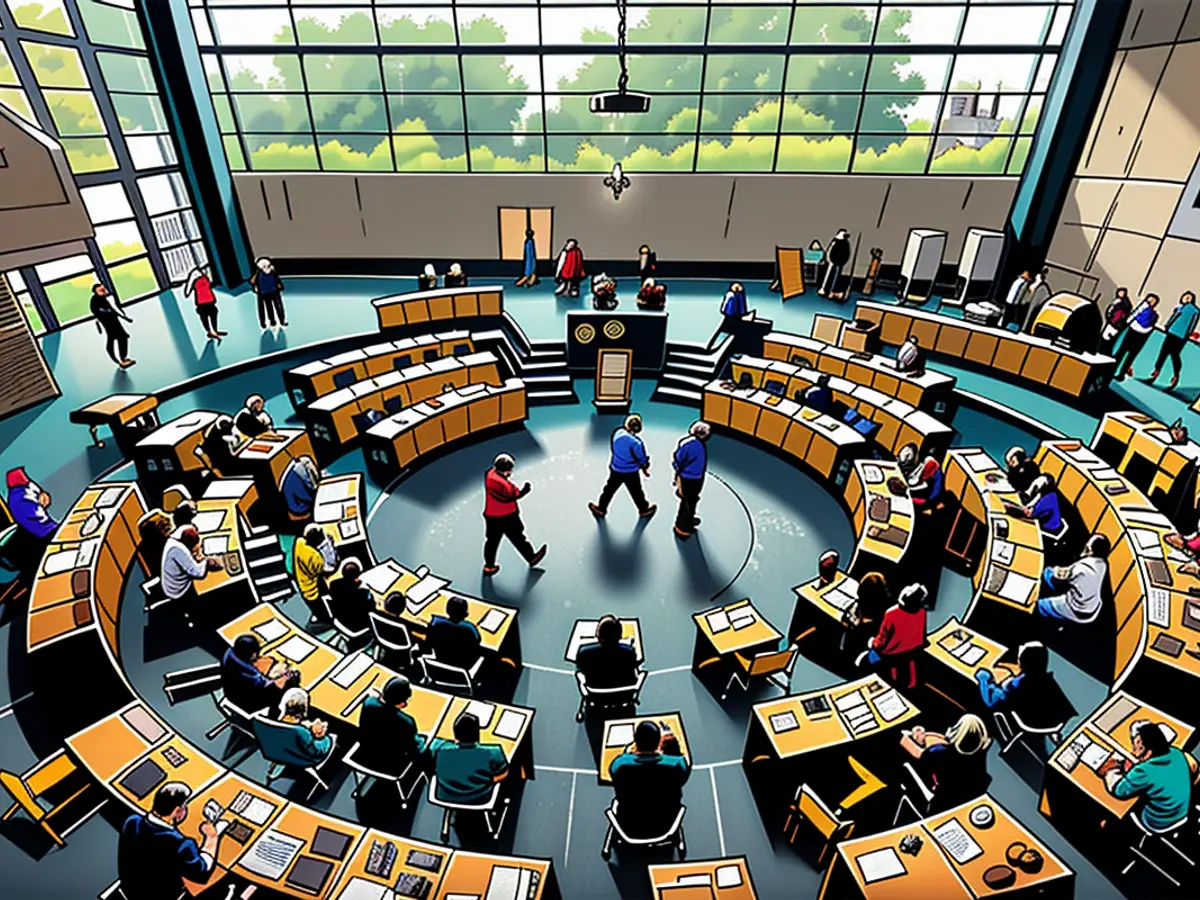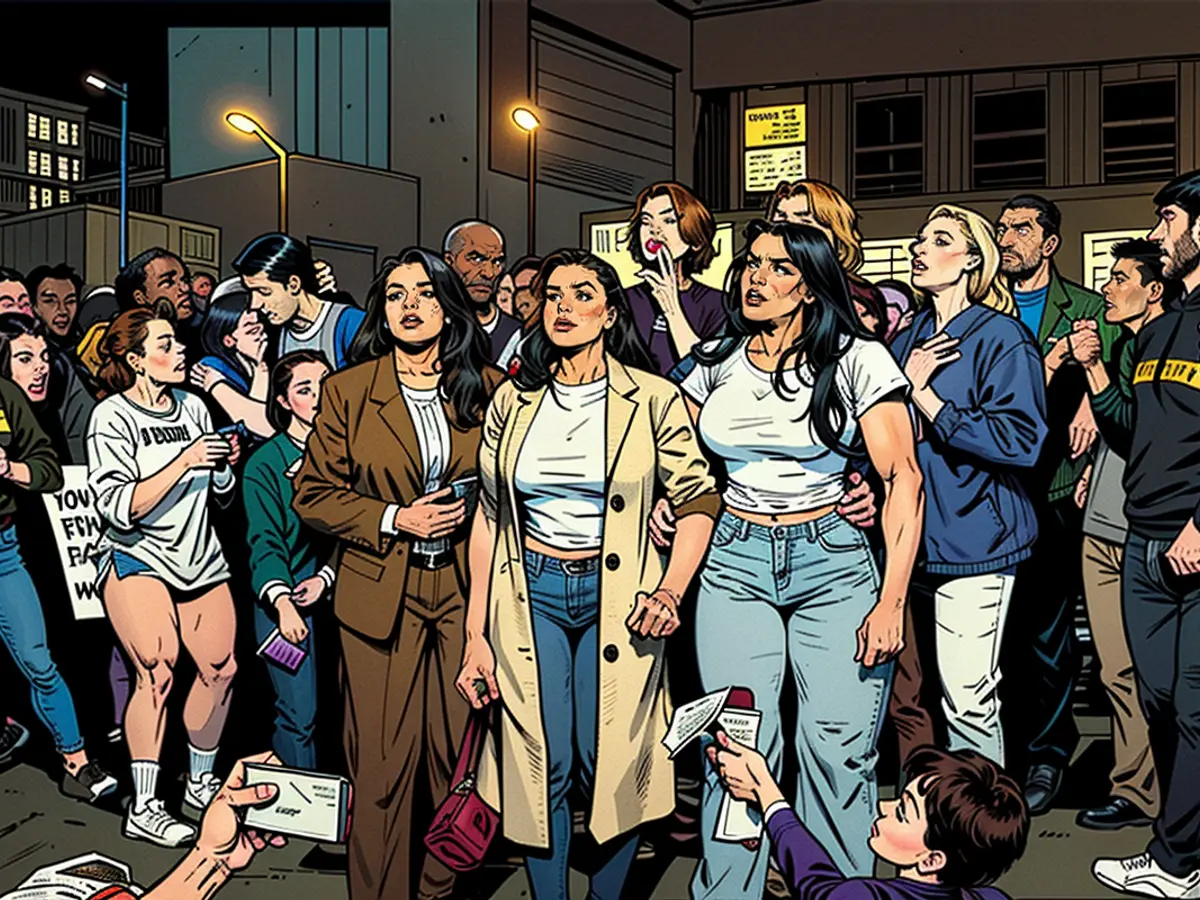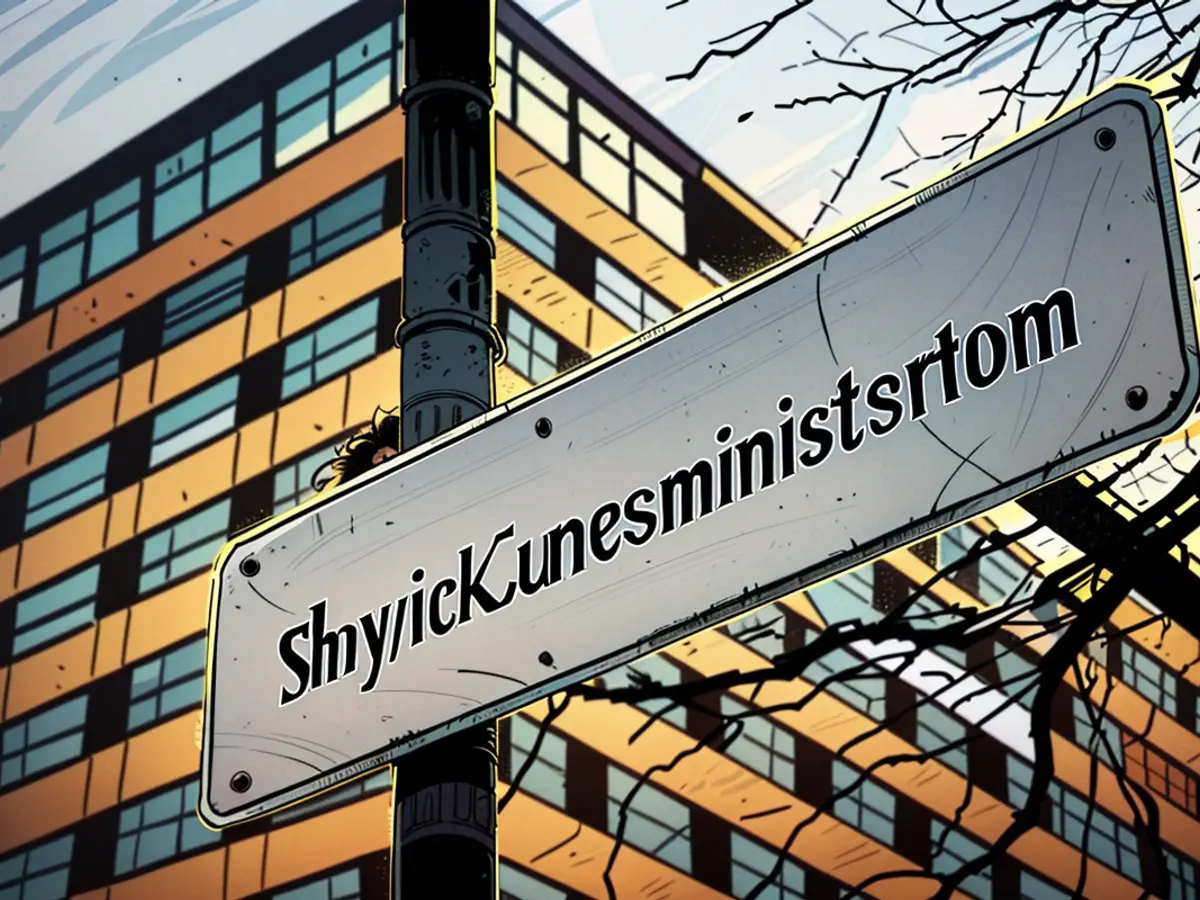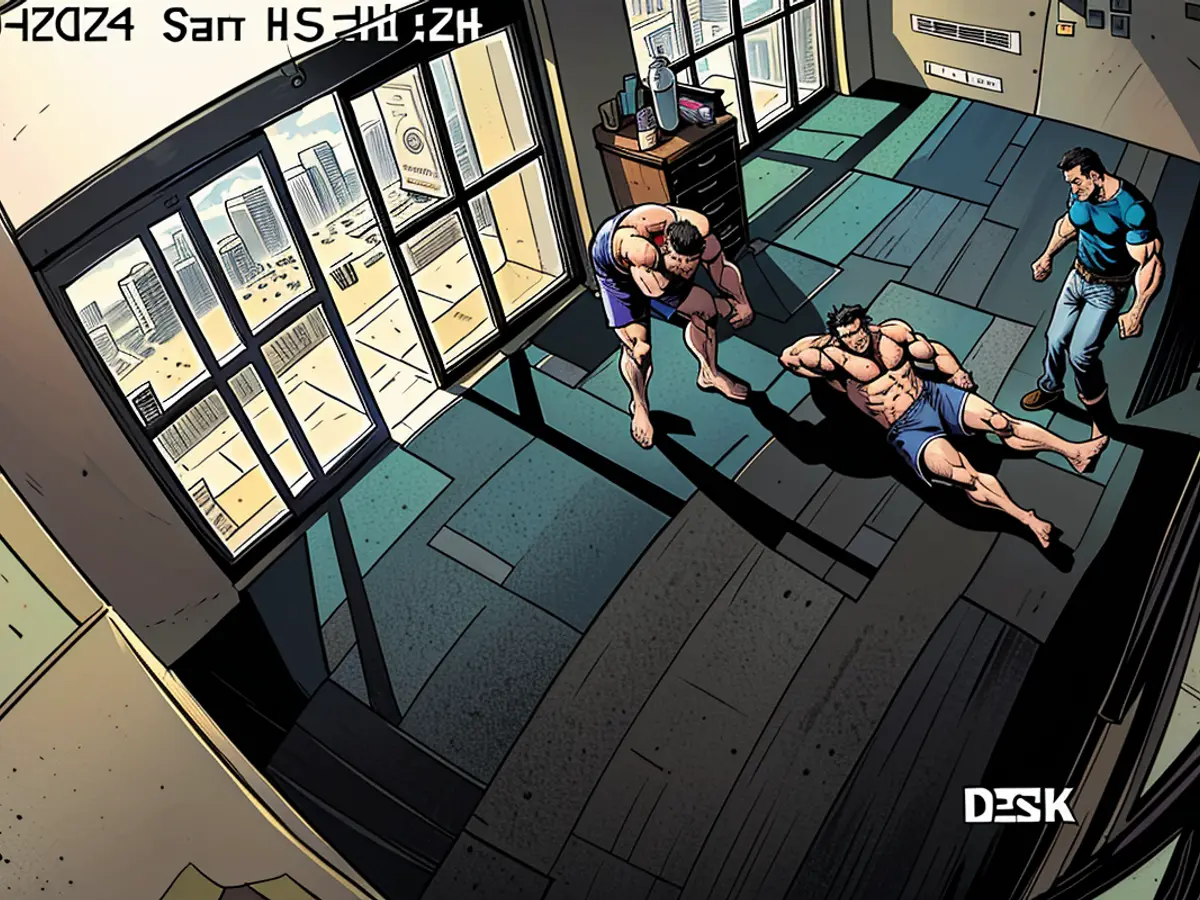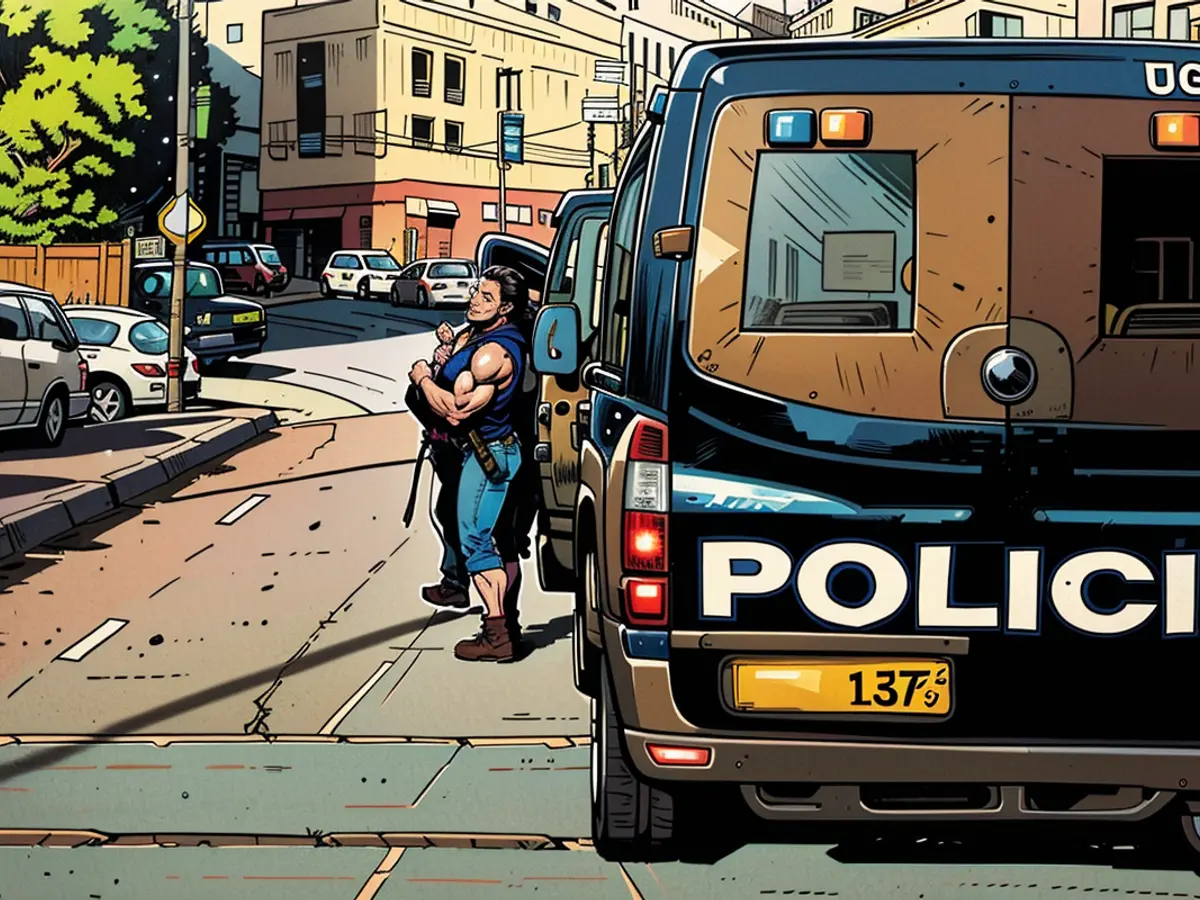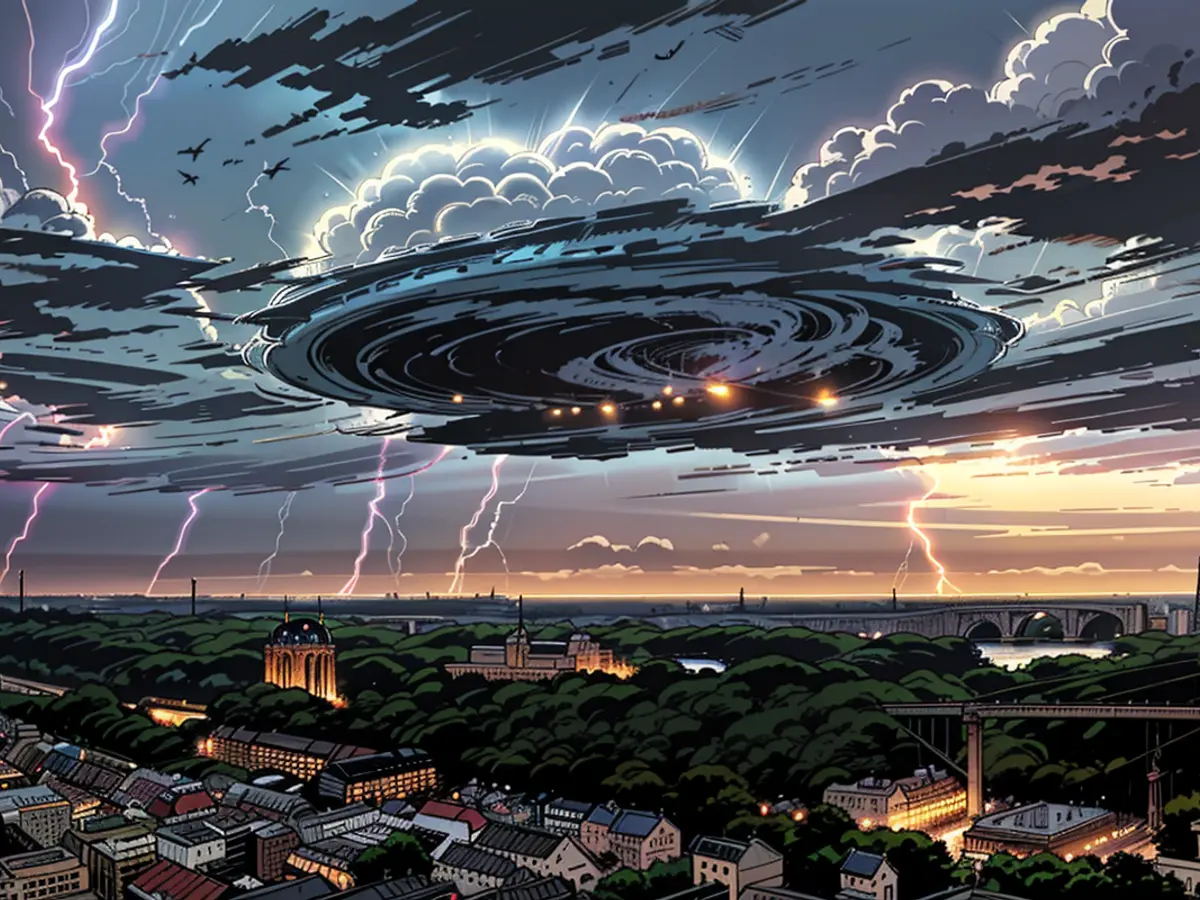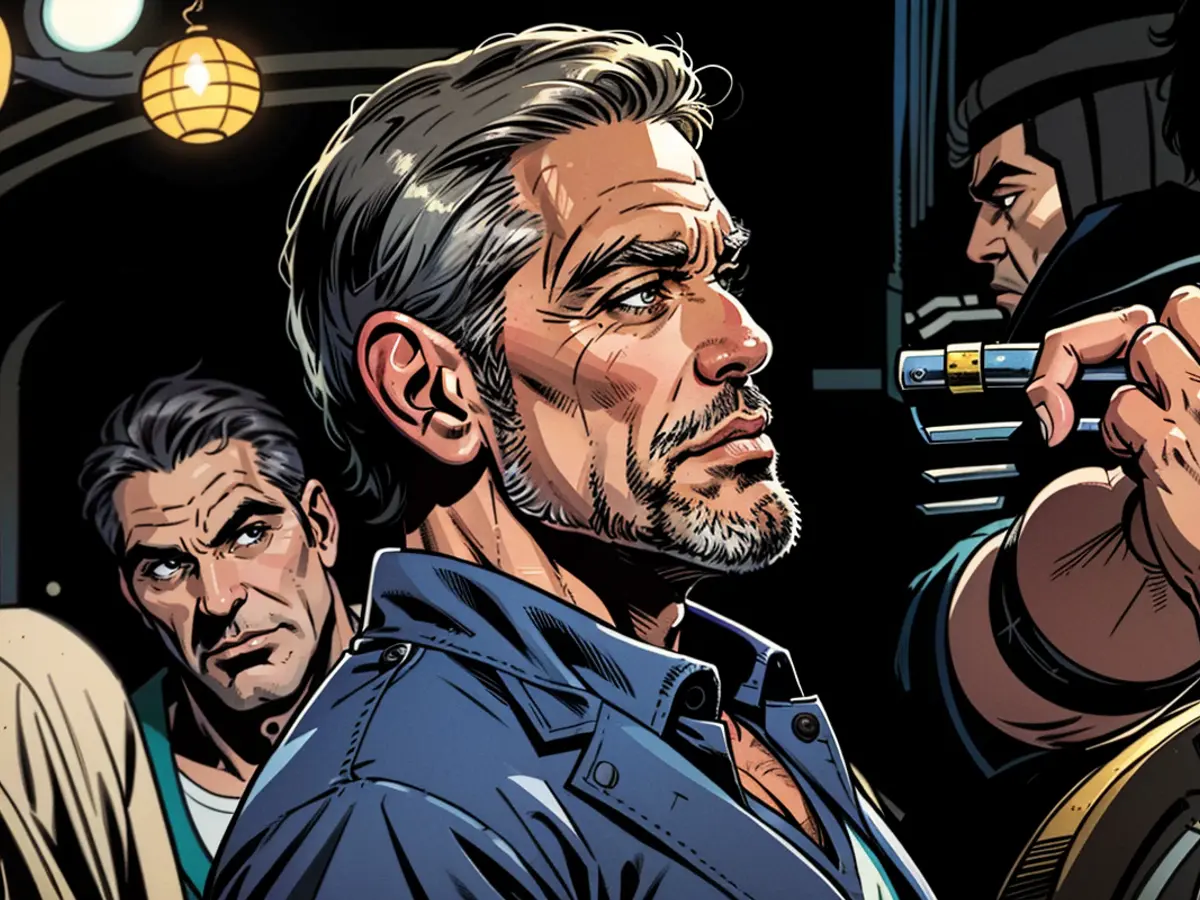- Victory or disaster, the Kursk offensive is at a crossroads.
On August 6, Ukrainian forces surprisingly advanced into the territory of Russia, heading towards the city of Kursk. Small, mobile groups pushed far ahead, unlike previous Ukrainian advances in the Belgorod region.
Politically, this advance was a success for Kyiv. It humiliated Putin, brought the devastation of war to Russia, and embarrassed the Russian army, which had neither noticed the concentration of Ukrainian troops nor significantly fortified the border region. The Russian soldiers deployed there were unable to stop the Ukrainian onslaught, which was made possible by the wide gaps between Russian strongpoints.
Second Phase of the Kursk Operation
After this initial phase, the Russians began to bring in reinforcements to seal off the Ukrainian breakthrough. Here too, Kyiv achieved a surprising success, once again due to Russian negligence. A reinforcement convoy posted pictures of its journey to the front. Due to the few possible roads, it was easy to determine the route. When the convoy then stopped closely packed, the Ukrainians struck. Over twelve trucks went up in flames.
But the Russians are also fighting back. The initially deployed small command groups, which hid in houses, were difficult to locate. This does not apply to the following troops. To halt the advance, the Russians are using their long-range Iskander missiles even against less important targets.
The Russian reinforcements were able to temporarily block the Ukrainian advance towards Kursk deeper into Russian territory. Meanwhile, the Ukrainians have also brought in more units to the breakthrough area. It remains to be seen whether these troops can overcome the Russian blocking positions, or not. So far, the Ukrainian offensive has not become bogged down.
Intense Fighting for Small Town
At the center of the fighting is the small town of Sudja on the northeastern edge of the breakthrough. Here, the other character of the fighting in the Kursk region is shown. The Donbass zone is completely fortified, with individual positions covering each other. A surprise breakthrough only succeeds in exceptional situations. Around Sudja, there are free zones that allow mobile combat. The Russian garrison there held out in the eastern part of the town, even when it was cut off. Meanwhile, the Russians have brought in reinforcements, and the Ukrainians have taken control of the center of the town. The Russians are clinging to the eastern part. They have at least temporarily stabilized the situation. The Ukrainians are now trying to encircle the Russians on the flanks. It is quite possible that they will capture the entire town.
North of the town, the Ukrainians have also advanced another 40 kilometers. In the area between Levshinka and Sheptukhovka, the Russians have attacked Ukrainian positions and tanks with long-range weapons. The same picture is seen further east, near the village of Zhuravli.
The Ukrainians are thus able to expand the territory they have captured. It is unknown whether they will be able to hold the villages now that Russian troops are arriving. Kyiv is also trying to attack at other points on the front to strengthen the breakthrough tip at the sides. However, the element of surprise is gone.
The frontlines and battles are dynamic, and the region is not continuously occupied by troops. In the coming days, large shifts in the front are still possible and expected – as long as new troops can be brought into the fight. Kyiv is also said to have been granted permission to use Western long-range weapons like the Storm Shadow in Russia, which should also boost the Kyiv offensive and hinder Russian efforts to manage the crisis.
What is the Kursk Offensive for?
However, the initial euphoria has been dampened after the first few days. Despite the element of surprise, the fundamental problems of the Ukrainian forces remain. Russia has more soldiers, more tanks, more artillery, and they also have guided bombs. Consequently, the Russians are getting stronger in the Kursk area day by day. The Ukrainians can only supply fresh troops to a limited extent and for a limited time to sustain the offensive. From the outside, it's difficult to judge the success or failure of the Ukrainians because the goal of the operation is not known. In the failed summer offensive of 2023, the goal was clear. The Ukrainians wanted to break through to the sea and split the Russian-occupied territories into two zones.
Goals like capturing the major city of Kursk or even advancing further towards Moscow are completely out of the question given the limited troops. There is speculation that Kyiv wants to occupy the nuclear power plant located near Kursk. This would give the breakthrough a "firm shoulder" as Russia cannot intervene with heavy weapons in the zone around the power plant. The plant and the captured zone could be an important bargaining chip in any future negotiations. However, the Ukrainian spearheads are still about 70 kilometers away from the power plant, with the hard-fought city of Socha being even further away.
What's next
What are the options? The best scenario for Kyiv would be to overcome Russian blockades and advance deeper into the country, thereby breaking the first Russian containment attempt. However, this raises the problem that a larger captured zone also requires more troops to hold it. Less glamorous would be if the Russians manage to essentially stop the advance. In that case, Kyiv would have to switch to defense in the occupied zone. Apparently, positions for this are already being dug.
In the best-case scenario, the Ukrainians can defend the captured territories stubbornly, making it take Putin months to restore the border. However, a victory looks different. With the transition to defense, Ukraine loses the initiative, which then goes to the Russian military, which will likely opt for a slow and systematic grind-down. The tragedy in the Donbass would repeat itself at Kursk. The third option would be the quick evacuation of the captured territory. In this case, Kyiv would reap the political benefits of the surprise success and avoid a costly retreat battle.
Worst-case scenario in the Donbass
"Despite global focus on the Kursk offensive, the situation in the east continues to overshadow Ukraine's gains. Kiew struggles to maintain its frontlines, with positions gradually falling in an unrelenting process that shows no signs of stopping. The troops deployed at Kursk are sorely missed here. The worst-case scenario for a free Ukraine would see Russia first encircle the Kursk salient and push Ukrainian forces back towards the border using their firepower, while simultaneously breaking through the last heavily fortified defensive lines in the Donbass."
The European Union has expressed concern over the escalating conflict in the Kursk region, urging both Ukraine and Russia to respect international law and pursue a peaceful resolution.
In light of the strategic importance of the Kursk offensive for Kyiv, the European Union has offered to provide additional support to Ukraine, including logistical aid and potential access to advanced weaponry.

